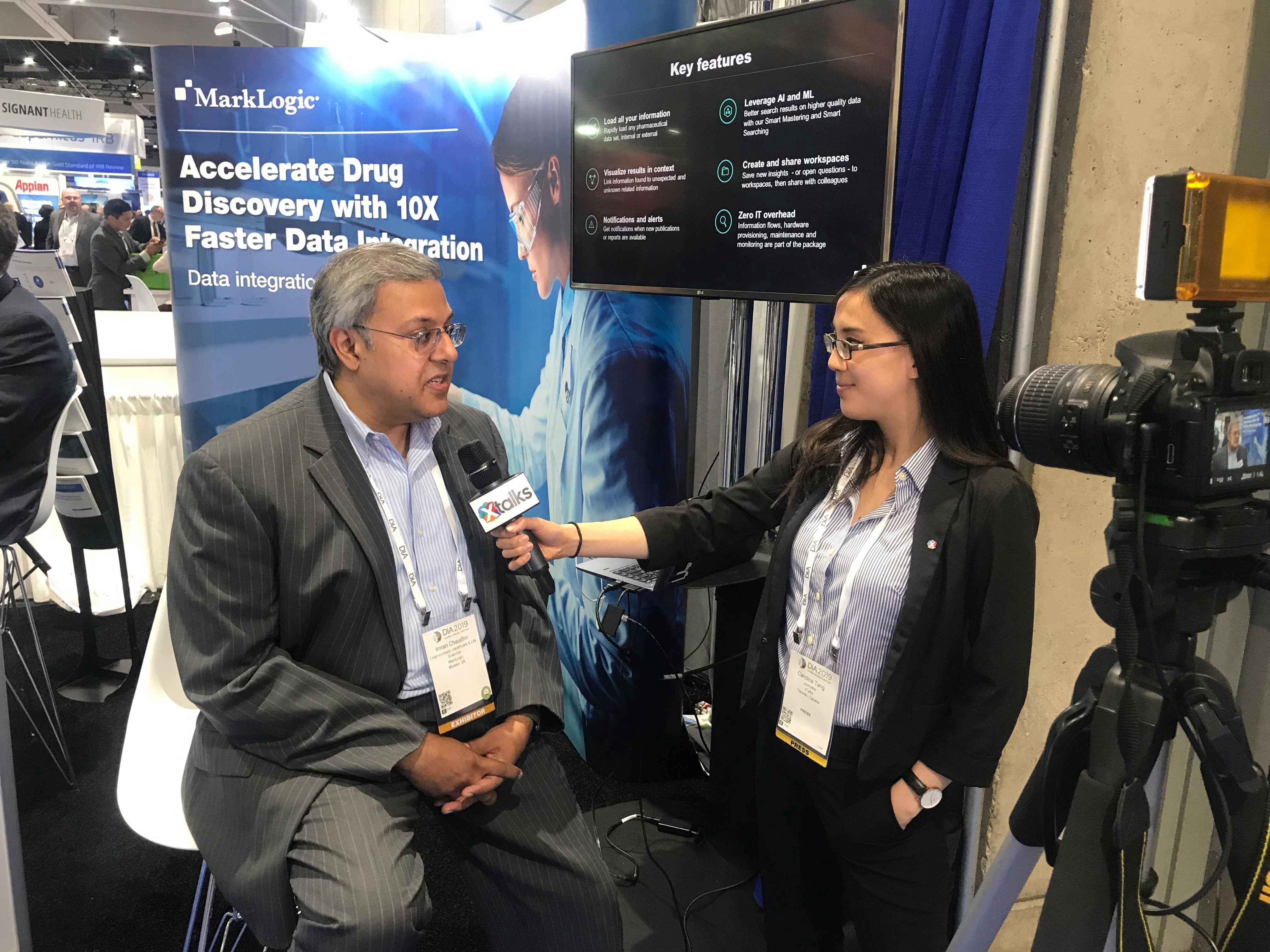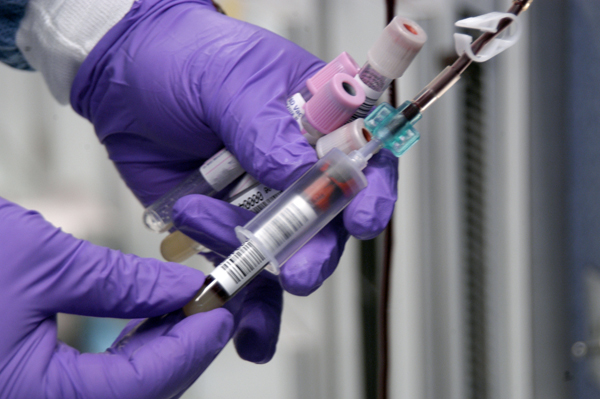In my experience at WCCT Global, there is no amount of money or resources that you can pour into an advertising campaign or outreach strategy that will overcome insufficient planning when it comes to identifying volunteers to participate as subjects in Phase 1 clinical trials.
If trial Sponsors—or their outsourced CRO or clinical site—approach subject recruitment without considering the various complexities and nuances that are present in an early phase setting, lengthy delays (if not overall failure) should be anticipated. Furthermore, if by some luck they are able to identify participants, challenges in retaining those participants will still be an issue, which could jeopardize the success of the trial in terms of generating sufficient data to meet trial objectives and demonstrate endpoints that are necessary for further clinical development.
When does this planning begin? Ideally, Phase 1 trial Sponsors will have discussions early on regarding recruitment strategy and how areas such as inclusion and exclusion criteria, study design and study obligations will impact the ability to identify eligible (and interested) subjects and ensure compliance throughout the trial. If a Sponsor is outsourcing the project, it is important to engage partners early enough to adjust the protocol if necessary. Even more careful consideration should be given to those Phase 1 trials which will incorporate a patient or specialty population.
Items for Consideration
As referenced above, the major areas to consider when planning your Phase 1 trial are: Inclusion and Exclusion criteria, Structuring Study Visits, and Procedural/Assessment Requirements.
Inclusion and Exclusion Criteria
When crafting eligibility criteria, Sponsors should ask themselves questions such as:
- Is the study assessing an age group outside of the standard “18-55 years” that is common in Phase 1 trials? Furthermore, are there criteria that are atypical for the age group being targeted?
- Will there be any gender stratification requirements which could influence the rate of enrollment? Typically, it is easier to identify and recruit male participants.
- Are there any ethnic requirements for enrollment? If so, there may be language barriers and other cultural sensitivities which will need to be considered when creating subject-facing materials.
- When incorporating patients, does the eligibility criteria reflect the standard of practice clinically? What looks good on paper doesn’t always correspond to procedures performed in a healthcare setting. Therefore, it’s important to consult with recruiting physicians to understand how patients’ health is currently being managed.
Structuring Study Visits
While it is well-understood that trial objectives ultimately need to be accomplished, and that there is plenty of science to support how visits are scheduled, there is still some level of flexibility that can be afforded when executing the trial.
We have found that preferences for the length of inpatient stays vs. outpatient visits will vary across different patient populations. Typically, healthy volunteers tend to prefer longer in-patient stays and short follow-up periods, while specialty and patient populations prefer studies with more outpatient visits due to other obligations including management of their health needs. If there is a long follow-up period, additional measures geared towards subject retention will be needed.
When scheduling confinement periods, admission dates are ideally closer to the weekend to limit the amount of time a participant needs to take off from school, work or other commitments. Furthermore, when enrolling patient populations, an open, “rolling” enrollment can be utilized to accommodate individual schedules to more accurately reflect the rate of recruitment of that population.
Appropriately structuring study visits to accommodate the unique population being targeted will have an impact on the appeal of participating in any given study. It would be unfortunate to lose otherwise eligible participants due to an unappealing visit and outpatient schedule or one which places unnecessary burden on them.
Lastly, properly planning your stipend amounts is imperative. In 2020, clinical research volunteers are well-networked, well-informed and know what their time is worth. Stipends should therefore be commensurate with study commitments or else you run the risk of potential participants enrolling in other Phase 1 studies that are more financially appealing to them.
Procedural and Assessment Requirements
When incorporating procedures and assessments that will determine eligibility or track the progress of the investigational product, Sponsors should consider how certain requirements may deter or prevent participants from enrolling in a trial.
For example, perhaps female volunteers are required to have had a recent Pap smear and must produce the necessary documentation associated with it in order to determine trial eligibility. In this instance, the assessment could easily be conducted at the time of screening in order to facilitate the person’s participation. Simply offering the participant the option to have a Pap smear conducted at the time of screening may be the difference in deciding their interest in the trial.
Consider the frequency and invasiveness of the procedures. If the subject is required to return daily for an invasive procedure, they are likely to remove themselves from the study or not participate at all.
Furthermore, assess the value of requiring a certain procedure. Again, this is an instance where something can look better on paper than in practice. Is it beneficial to conduct an invasive procedure for the sake of exploratory or even unclear endpoints? Sponsors should consider these questions early on in the planning stages.
Conclusion
It is important to understand how various factors can (either positively or negatively) impact the effectiveness of subject recruitment strategies. Failing to consider the nuances of recruitment in Phase 1 clinical trials is likely to result in delays to the project and prevent data from being collected at all.
Going through these exercises early on when planning a Phase 1 study is perhaps the most important step that Sponsors can take in ensuring a successfully conducted trial, which produces the necessary data to advance a product in the clinical development process.
If you would like to learn more about this specific topic (including relevant examples), I encourage you to attend an upcoming webinar for which myself and some of my colleagues will be presenters. The webinar is titled “Achieving Endpoints and Phase 1 Trial Objectives through Superior Management: Three Experts Share Their Strategies and Experience” and will take place on Wednesday, April 15, 2020 at 2pm EDT (11am PDT).
This article was created in collaboration with the sponsoring company and the Xtalks editorial team.








Join or login to leave a comment
JOIN LOGIN